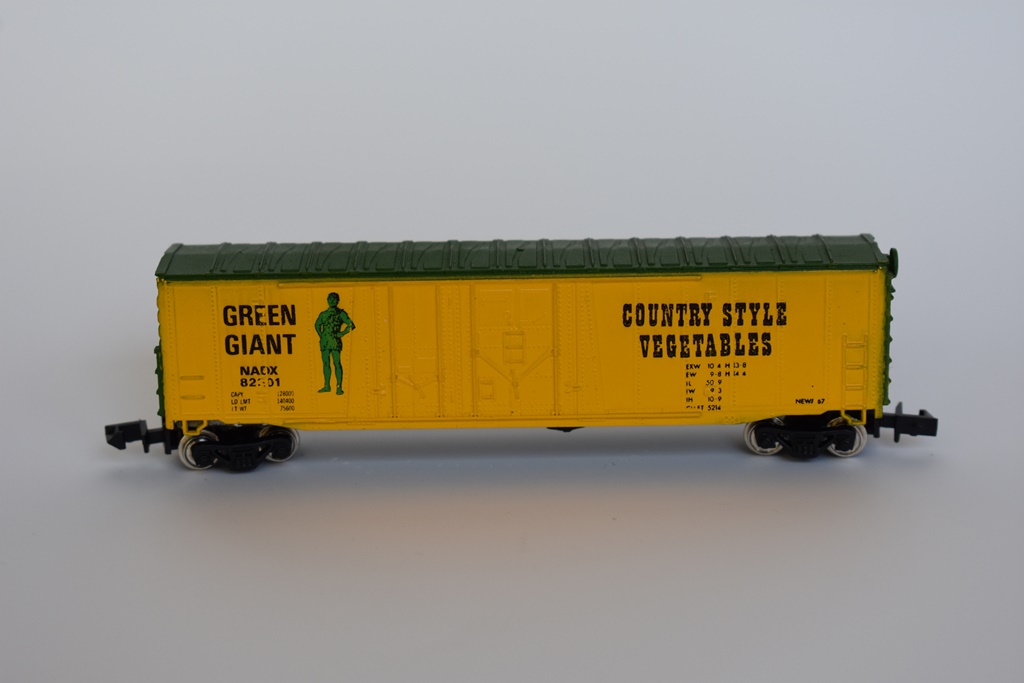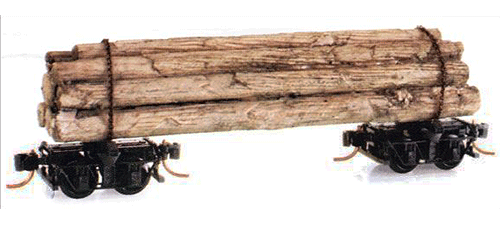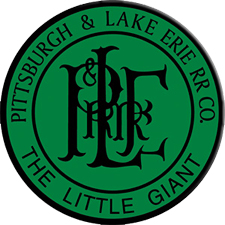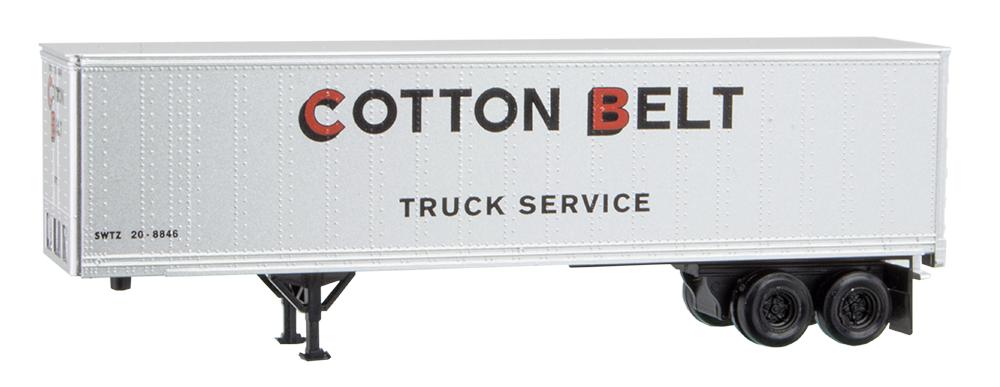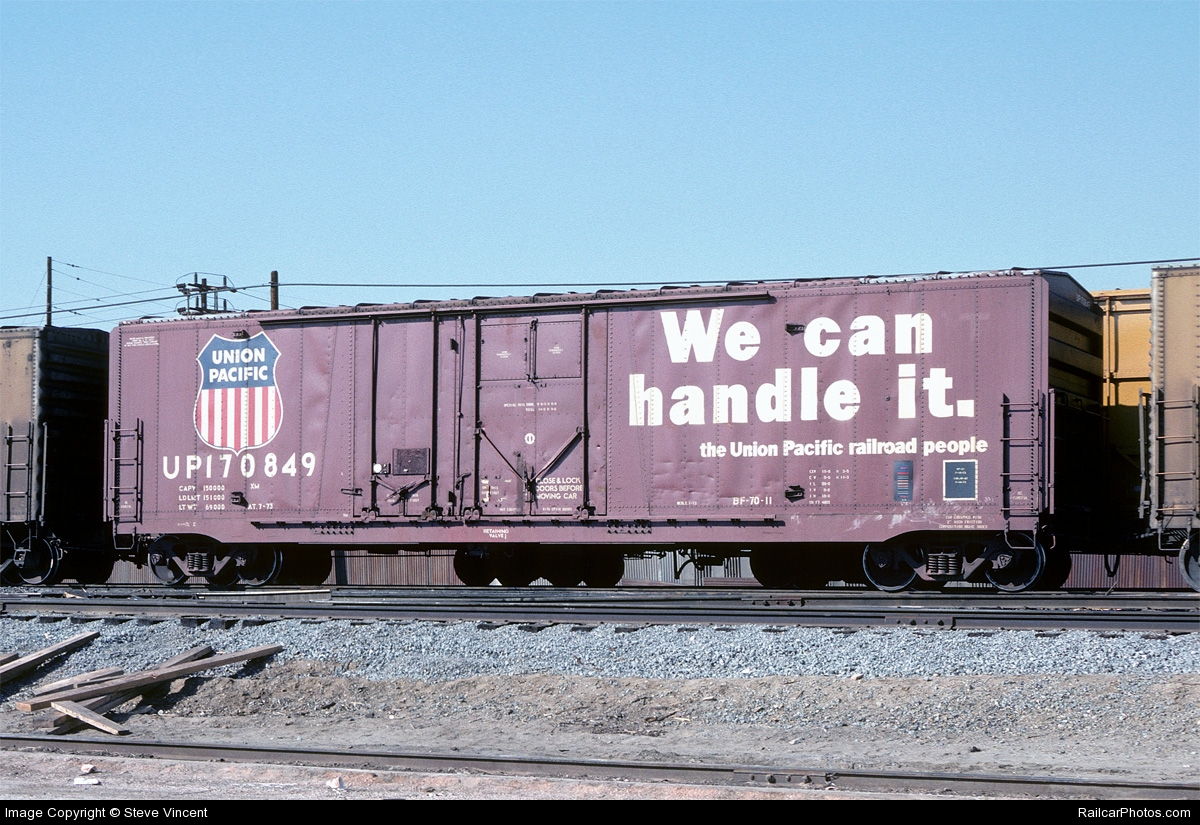Con-Cor - 1681H - Boxcar, 50 Foot, Grain Loading - Green Giant - 82301
| Stock Number | 1681H |
| Original Retail Price | $3.75 |
| Brand | Con-Cor |
| Manufacturer | Con-Cor |
| Body Style | Con-Cor Boxcar 50 Foot Grain |
| Prototype Vehicle | Boxcar, 50 Foot, Grain Loading (Details) |
| Road or Company Name | Green Giant (Details) |
| Reporting Marks | NADX |
| Road or Reporting Number | 82301 |
| Paint Color(s) | Yellow |
| Print Color(s) | Green |
| Additional Markings/Slogan | Country Style Vegetables |
| Coupler Type | Rapido Hook |
| Coupler Mount | Truck-Mount |
| Wheel Type | Nickel-Silver Plated Metal |
| Wheel Profile | Small Flange (Low Profile) |
| Release Date | 1979-01-01 |
| Item Category | Rolling Stock (Freight) |
| Model Type | Boxcar |
| Model Subtype | 50 Foot |
| Model Variety | Grain Loading |
| Prototype Region | North America |
| Prototype Era | NA Era IV: 2nd Gen Diesel (1958 - 1978) |
| Scale | 1/160 |
Specific Item Information:
CON-COR molded into bottom of frame.
Model Information:
This model appears in the 1979 JMC catalog but not the 1973. I suspect it was introduced around 1976, but I would love confirmation. It was produced in Con-Cor's NEW Jersey facility and features a die-cast underframe and a standard 1st-generation injection-molded body. The tooling was likely moved to China as at least one modern Christmas Car was produced with this tooling.
Prototype History:
Grain-Loading boxcars were variations on standardized boxcars built with specialized doors. Grain doors were the term used for the wooden, or in later years cardboard inserts mounted inside the regular doors to keep the grain from spilling out when the main door was opened. These allowed any suitable car to be used in grain service.
These cars were typically rebuilt from older cars and modified such that the door was boarded up from the inside and the grain was blown in over the top of the boards. These cars were all made obsolete by the appearance of specialized covered hoppers in the 1980s. At this point some of these cars were adapted for MOW service.
These cars were typically rebuilt from older cars and modified such that the door was boarded up from the inside and the grain was blown in over the top of the boards. These cars were all made obsolete by the appearance of specialized covered hoppers in the 1980s. At this point some of these cars were adapted for MOW service.
Road Name History:
 The Minnesota Valley Canning Company was founded in 1903 in Le Sueur, Minnesota. It used the brand name "Le Sueur Z" for canned vegetables starting in 1903; "Le Sueur" by itself was first used in 1933.
The Minnesota Valley Canning Company was founded in 1903 in Le Sueur, Minnesota. It used the brand name "Le Sueur Z" for canned vegetables starting in 1903; "Le Sueur" by itself was first used in 1933.
The brand "Green Giant Great Big Tender Peas" was first used in 1925, and the figure of a giant was introduced three years later by Carly Stanek (Bingum). The brand was created in response to the discovery of a new variety of pea, the Prince of Wales: they were, as Martin Sloan relates, "oblong, wrinkled, and, as peas go, huge. Despite their size, they were tender, and had a special flavor and sweetness that couldn't be matched. The company went to the brands for which it canned and found that none of them wanted to sell the new peas. So Minnesota Valley decided to sell them under its own label. Rather than apologize for the size of the peas, they decided to emphasize it. They named the peas 'Green Giant.'" The original mascot had very little in common with the familiar green figure of today: he was a scowling caveman wearing a bearskin rather than foliage (this original concept actually owed much to a dark Brothers Grimm fairy tale, "Der Bärenhäuter" – "Bearskin"). In 1935 a young copywriter, Leo Burnett, revised the face of the brand: "he traded the bearskin for a leafy suit, gave the Giant a smile...and put the word 'Jolly' in front of the Giant's name." The Giant made his first television appearances in 1954, and was later voiced by Elmer Dresslar, Jr. The booming "Ho, ho, ho" became the Giant's signature tagline in 1961. Since 1972 he has had a young apprentice, the Little Green Sprout, who represents the consumer.
The company was renamed to the Green Giant Company in 1950. In 1979 it merged with the Pillsbury Company; in 2001, the group was acquired by General Mills. In 2015, General Mills sold the brand to B&G Foods for $765 million in cash.
From Wikipedia

The brand "Green Giant Great Big Tender Peas" was first used in 1925, and the figure of a giant was introduced three years later by Carly Stanek (Bingum). The brand was created in response to the discovery of a new variety of pea, the Prince of Wales: they were, as Martin Sloan relates, "oblong, wrinkled, and, as peas go, huge. Despite their size, they were tender, and had a special flavor and sweetness that couldn't be matched. The company went to the brands for which it canned and found that none of them wanted to sell the new peas. So Minnesota Valley decided to sell them under its own label. Rather than apologize for the size of the peas, they decided to emphasize it. They named the peas 'Green Giant.'" The original mascot had very little in common with the familiar green figure of today: he was a scowling caveman wearing a bearskin rather than foliage (this original concept actually owed much to a dark Brothers Grimm fairy tale, "Der Bärenhäuter" – "Bearskin"). In 1935 a young copywriter, Leo Burnett, revised the face of the brand: "he traded the bearskin for a leafy suit, gave the Giant a smile...and put the word 'Jolly' in front of the Giant's name." The Giant made his first television appearances in 1954, and was later voiced by Elmer Dresslar, Jr. The booming "Ho, ho, ho" became the Giant's signature tagline in 1961. Since 1972 he has had a young apprentice, the Little Green Sprout, who represents the consumer.
The company was renamed to the Green Giant Company in 1950. In 1979 it merged with the Pillsbury Company; in 2001, the group was acquired by General Mills. In 2015, General Mills sold the brand to B&G Foods for $765 million in cash.
From Wikipedia
Brand/Importer Information:
Con-Cor has been in business since 1962. Many things have changed over time as originally they were a complete manufacturing operation in the USA and at one time had upwards of 45 employees. They not only designed the models,but they also built their own molds, did injection molding, painting, printing and packaging on their models.
Currently, most of their manufacturing has been moved overseas and now they import 90% of their products as totally finished goods, or in finished components. They only do some incidental manufacturing today within the USA.
Important Note: The Con-Cor product numbering can be very confusing. Please see here in the article how to properly enter Con-Cor stock numbers in the TroveStar database.
Currently, most of their manufacturing has been moved overseas and now they import 90% of their products as totally finished goods, or in finished components. They only do some incidental manufacturing today within the USA.
Important Note: The Con-Cor product numbering can be very confusing. Please see here in the article how to properly enter Con-Cor stock numbers in the TroveStar database.
Item created by: gdm
on 2018-02-01 09:27:42
Last edited by: gdm on 2022-10-21 08:52:10
If you see errors or missing data in this entry, please feel free to log in and edit it. Anyone with a Gmail account can log in instantly.
Last edited by: gdm on 2022-10-21 08:52:10
If you see errors or missing data in this entry, please feel free to log in and edit it. Anyone with a Gmail account can log in instantly.


